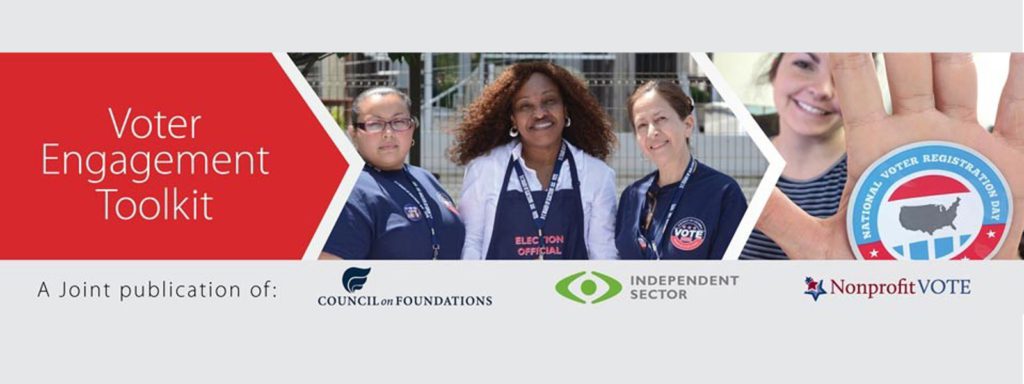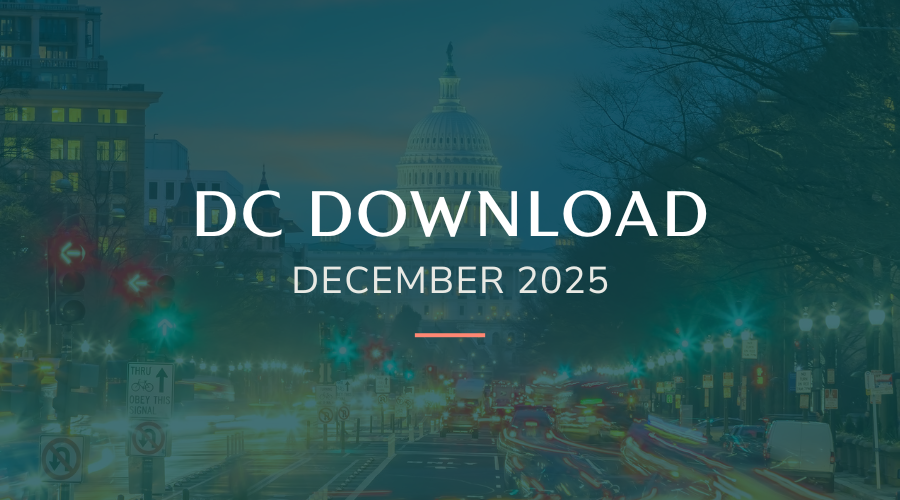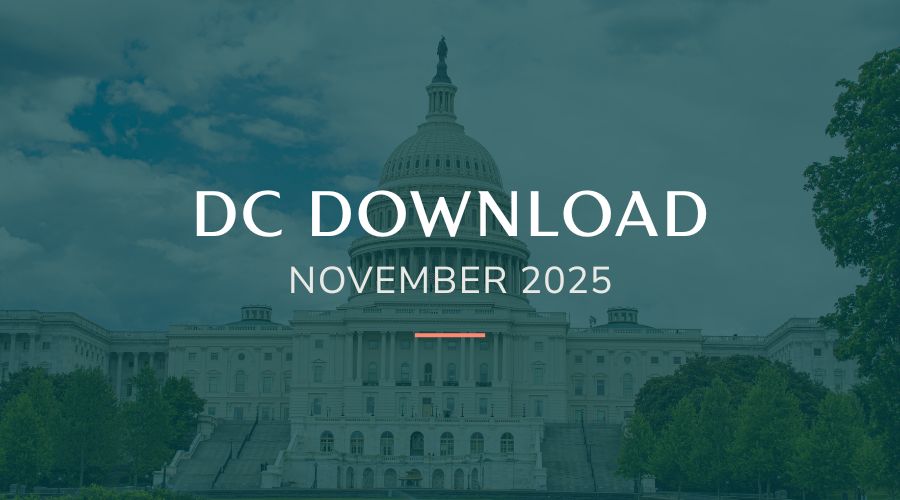Last week, Independent Sector joined Nonprofit VOTE and the Council on Foundations to publish a set of practical tools for foundations looking to support nonpartisan voter engagement activities in their programs or grantmaking. Together, the Voter Engagement Toolkit for Community Foundations and the Voter Engagement Toolkit for Private Foundations, are comprehensive resources to help any foundation engage their grantees, donors, and communities in new ways to help elevate our democracy and the voices of the people they serve.
We asked Brian Miller, executive director of Nonprofit VOTE, to discuss the importance of voter engagement and why all charitable organizations, including foundations, should do their part to encourage this type of advocacy.

Brian Miller, Executive Director, Nonprofit VOTE
Kristina Gawrgy Campbell: Why is voter engagement an important issue?
Brian Miller: Gaps in voter participation drawn along the lines of race, income, age, and education level distort our democracy and diminish the ability of our nonprofits to effect change. Political campaigns and candidates perpetuate these gaps because, with limited resources, time, and a win-or-lose election, they generally only contact people with a history of voting. Because of this, unlikely voters are not contacted and thus remain unlikely voters year-after-year. That’s why we need nonprofits to step up and conduct nonpartisan voter engagement with the communities they serve. By engaging our communities in voting and elections, we not only strengthen our nonprofit’s ability to deliver on our respective missions, but help facilitate a longer-term transformation by creating life-long voters.
KGC: What led to Nonprofit VOTE’s decision to focus on foundations for your latest toolkit?
BM: We realize that in order to facilitate a large-scale shift in the nonprofit sector such that voter engagement becomes a regular part of the way they do business, we need to engage strategic partners and validators who can influence the broader sector. Foundations, who play a profoundly important role in shaping the nonprofit sector, are one of those strategic partners. Through the actions they take and communication they make, foundations can either encourage or stifle the civic instincts arising from nonprofits across the country.
KGC: Are there barriers to foundations supporting voter engagement right now? How does the toolkit address that?
BM: Confusion and bad legal advice are notable barriers to foundation’s doing more. The toolkits begin with a legal overview provided by the firm of Adler and Colvin to provide a clear blueprint of what foundations can and can’t do. The toolkit also includes suggested grant language that provides greater clarity to grantees. Another great barrier is inertia and a lack of role models. To address that, we infused the toolkit with suggested strategies and case studies that inspire and provide concrete examples of action foundations across the country are beginning to take.
KGC: Of those case studies, what was most surprising? Or what stood out in putting those together?
BM: One of the most surprising elements of the case studies were the number of community foundations that are already in the business of directly supporting voter engagement among their grantees, including voter registration which community foundations can directly support. One particularly notable example comes from the Kansas Health Foundation, which recently converted to a public foundation. After a successful pilot program, they are now working in partnership with two other community foundations to invest $2.5 million over the next three years in integrated voter engagement focused on underserved communities in Kansas.
KGC: How can nonprofits get involved and support awareness of this toolkit?
BM: One thing nonprofits can do is make sure the foundations they work with get a copy of or link to the toolkit. We all have conversations with program officers at foundations about our work, why it’s important, and more. This is a great opportunity to ask them if they’ve seen this toolkit. If not, send them to nonprofitvote.org/foundationtoolkit.
KGC: What can individuals, regardless of where they work or volunteer, do to help improve voter engagement?
BM: First and foremost, individuals should make sure they themselves are registered. If a person has moved recently, changed their name, naturalized, or turned 18, then it’s time to update their voter registration. You can do that online in most states now. National Voter Registration Day also provides an easy tool voters anywhere can use.



